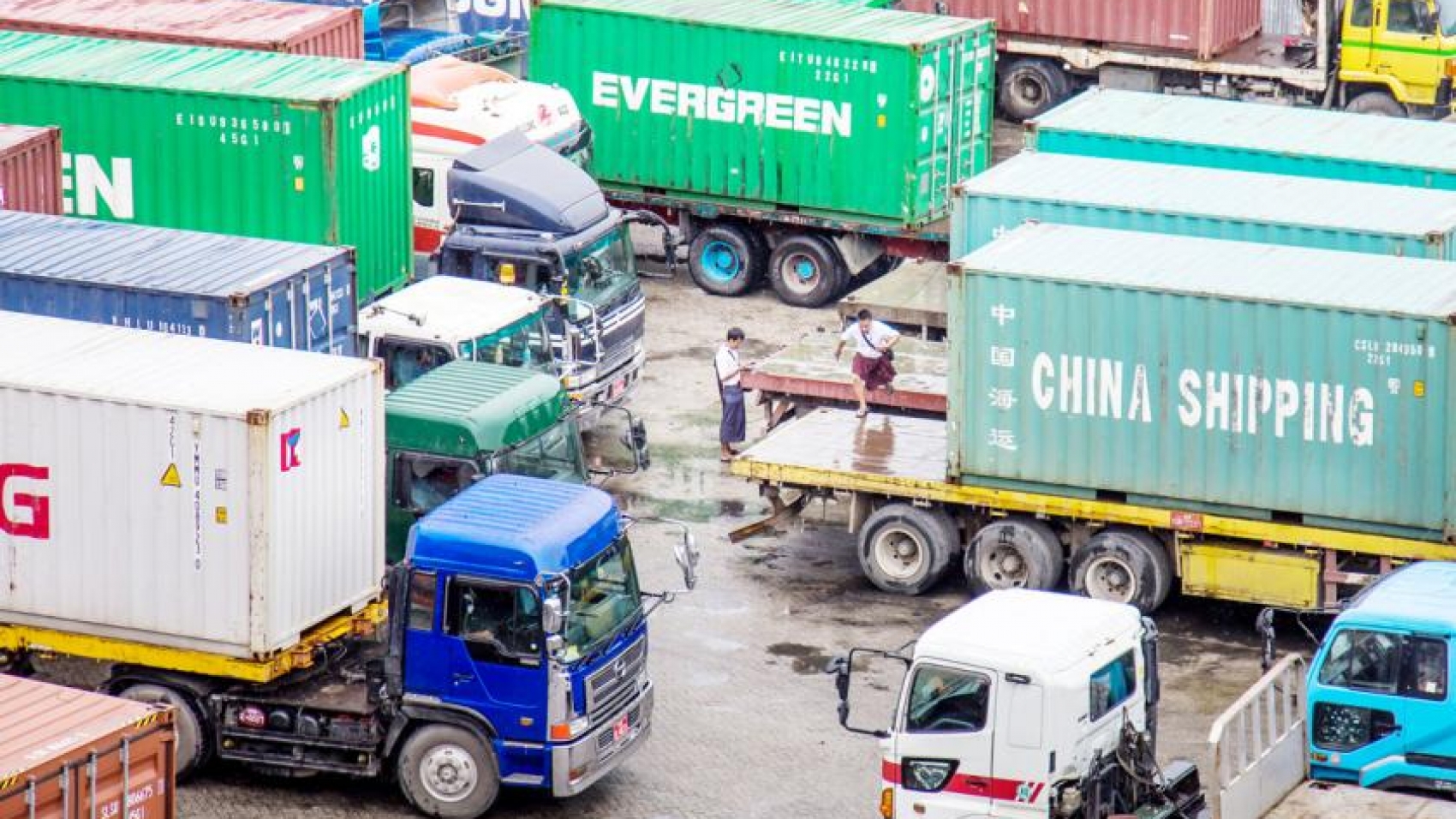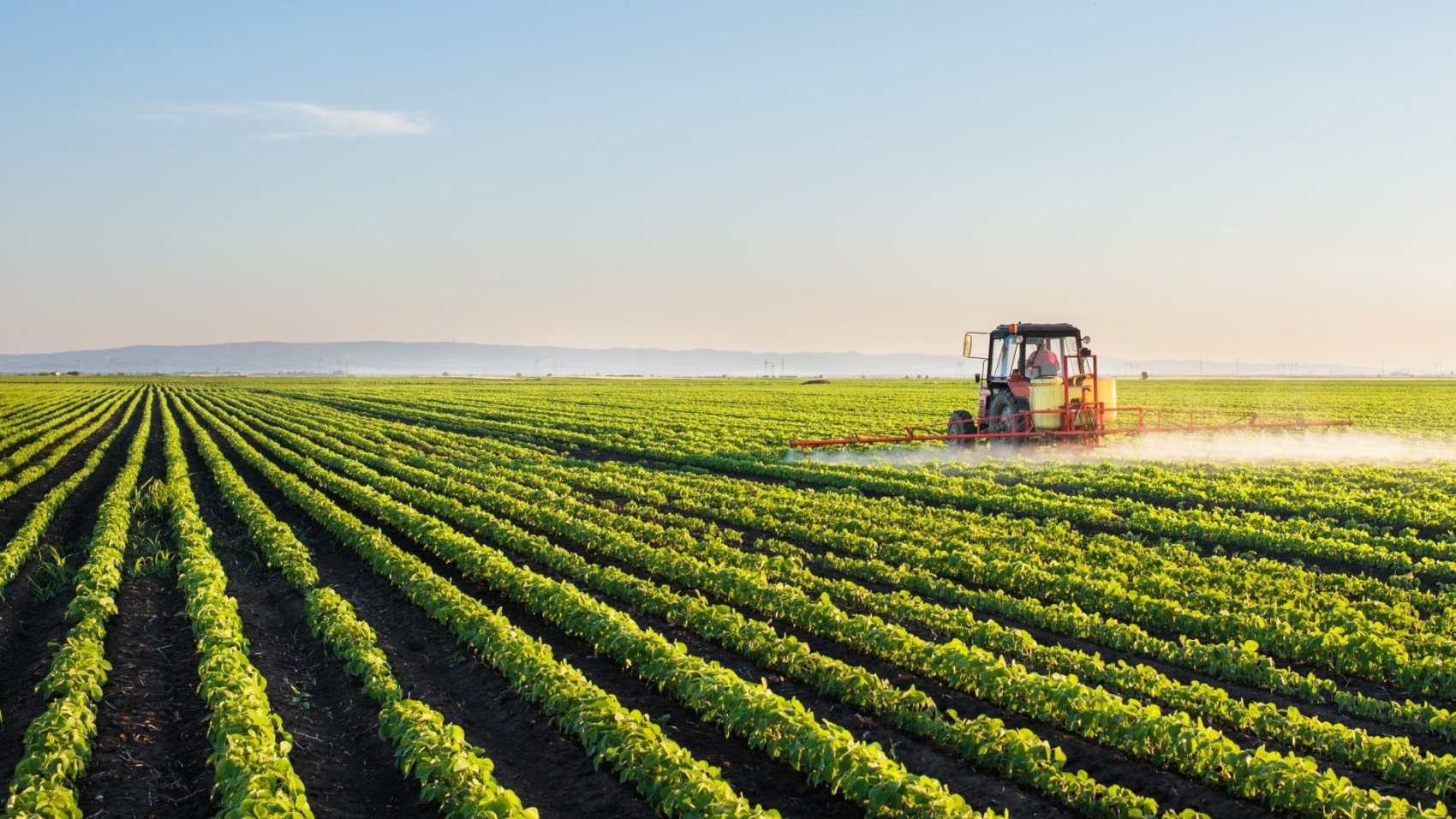The Ministry of Commerce has declared HS code lines for imports which need licence starting from 1 March 2022. This action aims to respond to the post COVID-19 recovery, ensure systematic import and export process and manage foreign capital inflows. The ministry has already notified the importers of the compulsory licensing for some import items. Import licence can be sought from 1 February 2022.
Those HS code lines include the following import items; bicycles, other cycles, parts and accessories of bicycle, cycle and vehicles, glass fibres, glass wares and other articles of glass, knitted or crocheted fabrics, textile materials, cotton and silk yarn, plastic, chemical, coffee substitutes and extracts, pharmaceutical products and equipment, sunglasses, hand clock, arms and ammunition, pistols, furniture, mattress, cushion, chandelier, electrical appliance, game machines, extraction from animals, stamps and antiques, vessel and parts, telecommunication materials, household goods, air-conditioner, cold storage and refrigeration machines, washing machine, hot air balloons, iron, steel, aluminum and gems and jewellery, ceramic, construction materials, printing materials, rubber, leather, flammable items, fuel oil, food products, tobacco and related products, preserved food, raw materials for food processing industry, animal products, aquatic animals, live animals and decoration materials.
Starting from 1 March, those items included in the HS code lines declared by the Ministry of Commerce are obligatory for import licensing. More items which need import licence will be notified as well, in compliance with the Export and Import Law. Myanmar imports the consumer, capital, intermediate goods, and materials used by CMP businesses. The value of Myanmar’s imports as of 21 January in the current mini-budget period (Oct 2021-Mar 2022) sank to US$4.38 billion from $4.94 billion recorded in the same corresponding period of last FY, the Ministry of Commerce’s data indicated. The top 10 import countries to Myanmar are China, Singapore, Thailand, Indonesia, Malaysia, India, Viet Nam, Japan, the Republic of Korea and the US, as per data of the ministry.
Source: The Global New Light of Myanmar


